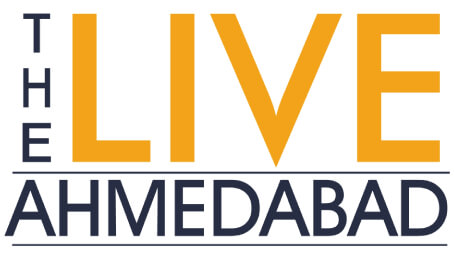Gujarat’s largest city, Ahmedabad, is all set to host the 148th edition of the grand Jagannath Rathyatra on Friday — one of the state’s most anticipated spiritual and cultural events. More than just a religious procession, the Rathyatra is a vibrant symbol of Gujarat’s cultural legacy, social unity, and seamless civic coordination.
Second in scale only to the iconic Rathyatra in Puri, Odisha, Ahmedabad’s celebration has deep roots in the Vaishnavite revival of the 19th century. Sects like Pushtimarg and Swaminarayan Sampraday already had a strong urban presence, and the Jagannath tradition—centered on Krishna worship in its tribal and rural forms—found resonance among city dwellers.
It was Mahant Narsinhdasji, inspired by the grandeur of Puri’s Rathyatra during a pilgrimage, who resolved to bring a similar experience to Ahmedabad. The Jagannath Temple in Jamalpur, believed to be nearly 450 years old, was chosen as the focal point of the event. His vision was to bring the divine to those who could not journey eastward—an act of both spiritual generosity and cultural inclusion.
Historical records show that during the British era, festivals like this became arenas for asserting community identity. In its early years in the late 1800s, Ahmedabad’s Rathyatra featured small chariots and modest crowds. But by the early 20th century, the event had grown so large that colonial authorities occasionally intervened on the grounds of maintaining public order.
The 16-kilometre-long procession begins at 7 a.m. from the centuries-old Jagannath Temple and winds its way through the old city—Kalupur, Prem Darwaja, Delhi Chakla, Shahpur, and Astodia—before returning to the temple in the evening. The deities—Lord Jagannath, Balabhadra, and Subhadra—are carried in ornately decorated chariots, pulled by hundreds of devotees.
A highlight of the yatra is the Pahind Vidhi, the symbolic sweeping of the path by the Chief Minister of Gujarat—a ritual that represents humility and public service. Though deeply devotional, the event is also a model of civic synergy, requiring collaboration between police, municipal authorities, volunteers, and religious leaders.
Last year, over 10 lakh devotees participated, and a similar crowd is expected this time. “For us, Rathyatra isn’t just a festival—it’s an emotion,” said Meena Patel, 52, a lifelong resident of Jamalpur. “Watching the deities come out feels like a divine visit to our homes.”
The 2025 edition brings with it unprecedented levels of technological integration:
- AI-based crowd monitoring
- 3D mapping of the procession route
- 3,500 CCTV cameras
- 2,872 body-worn cameras
- 25 watchtowers and 240 terrace vantage points
- Deployment of over 23,884 security personnel
- Sealing of 484 dilapidated buildings along the route for safety
Beyond its spiritual significance, the Rathyatra has evolved into a vehicle of social cohesion. Peace committee meetings, women-led outreach programs, and community-driven sports and cultural events are now regular features of the pre-yatra build-up.
With its roots in faith and branches spreading into every facet of society, Ahmedabad’s Rathyatra continues to be a celebration of devotion, diversity, and unity.



